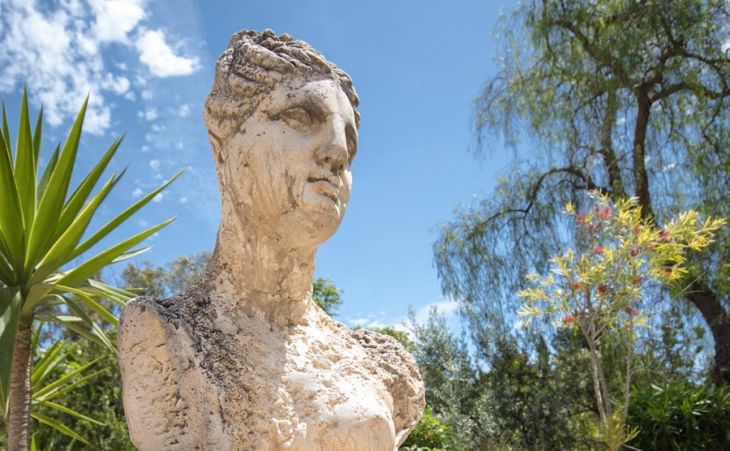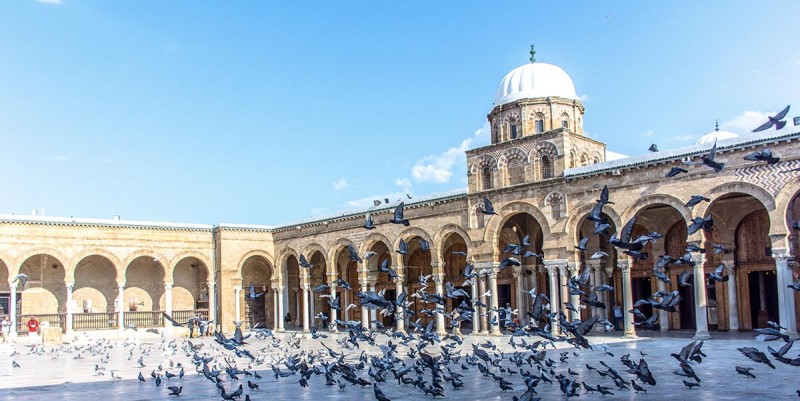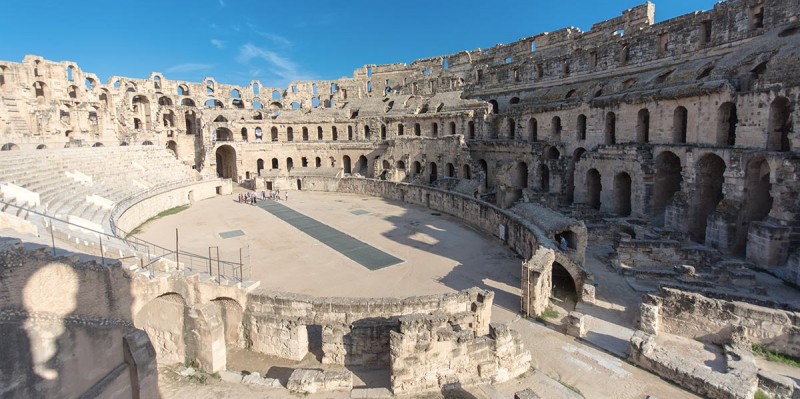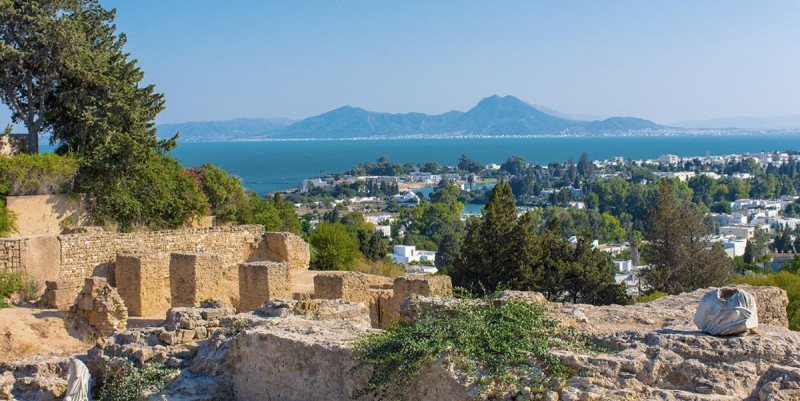As early as 1979, UNESCO declared Tunis, El Jem and Carthage World Heritage Sites. This was 40 years ago…
In 1979, the first Tunisian sites were inscribed by UNESCO on the World Heritage List.
It was only one year after the creation of this prestigious list, and the same year as the Giza Pyramids, the Palace of Versailles and the Grand Canyon Park!
The UNESCO website explains why these three sites are of particular importance for universal history.
The Medina of Tunis
According to the UNESCO website, it has about 700 historic monuments (palaces, mosques, souqs, gates, madrasas…)
It bears testimony of the time when Tunis was among the greatest and wealthiest cities in the Arab world – from the 12th to the 16th century.
Tunis acted as a relay “between the Maghreb, Southern Europe and the East and encouraged exchanges of influences in the field of the arts and architecture”.
The old city of Tunis is largely intact. Its urban fabric with its different components such as souqs, monuments and residential quarters, makes it one of the best conserved medinas in the world.
Read more.
The Amphitheater of El Jem
It is the largest coliseum in North Africa and one of the largest worldwide. It illustrates the extent of Roman Empire and of its cultural influence.
This monument hosted the famous Roman games (fights against wild animals, gladiators…). It is one of the most accomplished examples of the architecture of the amphitheaters, and is comparable to the Coliseum of Rome.
Furthermore, it is as well preserved as the Coliseum of Rome. The arena and the underground passages are practically intact.
Read more.
The site of Carthage
Founded by the Phoenicians, Carthage has exercised considerable influence in Antiquity as the capital of a great commercial empire.
Thus, the site preserved exceptional testimonies to the Punic civilization (Western Phoenicians’). But it also bears witness of the Roman civilization, as Carthage became one of the most important metropolises of the Roman empire.
Exceptional place of mixing and exchanges, Carthage has played a central role in the spreading and development of the arts, architecture and town planning across the Mediterranean.
Furthermore, the city had a profound influence and nourished universal imagination through historic or legendary events such as its foundation by the princess Elyssa-Dido, the mythical love between Dido and Aeneas, the Punic Wars against Rome, the military prowesses of Hannibal, and the Christian writers and martyrs like St Augustine and St Cyprian…
Read more.
By inscribing three Tunisian sites on the World Heritage List from its creation, the UNESCO recognized the central place of Tunisia at the heart of Mediterranean civilization.



